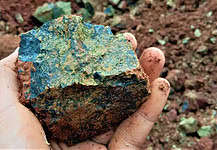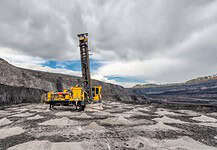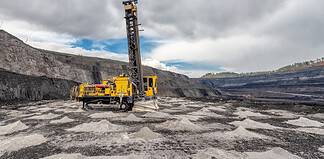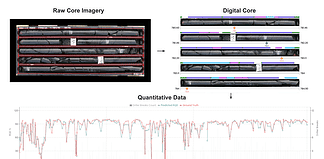FINDING valuable gold and mineral deposits can costs millions of dollars, but UniSA’s Future Industries Institute senior research fellow Dr Caroline Tiddy has come up with a cost-saving solution.
Dr Tiddy has developed a suite of geochemical tools to more accurately target valuable mineral deposits and save drilling companies money in the process.
The tools use data collected from analysing drilling materials to help locate undiscovered precious metals buried by younger sediment and identify the right drill holes.
“The global demand for copper and gold is growing, but it is getting increasingly hard to find these metals as companies are forced to drill deeper and deeper, costing them significant amounts of money,” Dr Tiddy said.
Diamond drilling can cost to $400 a metre and it is not uncommon for companies to drill to depths of 1-2km.
“That amounts to an $800,000 bill with no guarantee of success, so it limits the number of drill holes. To add to the challenge, ore deposits are tiny compared to the search space,” Dr Tiddy said.
“It’s a real life, global problem of looking for a needle in a haystack.”
The new tools allow miners to map out where key chemical elements are found in greater concentrations.
Dr Tiddy aims to create geochemical algorithms that increase the chances of finding an ore deposit and decrease the cost of mineral exploration – resulting in faster, cheaper and more environmentally friendly drilling.
The tools have been successfully tested at Prominent Hill, an iron oxide-copper-gold deposit in the north of South Australia, increasing the footprint of the ore body fourfold and have also been trialled in the Yorke Peninsula, highlighting previously unexplored areas of copper.
“South Australia has a reputation for its copper and gold deposits so these data-driven approaches to exploration are revealing important information about mineral exploration in the state,” Dr Tiddy said.
“By using these geochemical tools, companies can better focus their drilling resources into lower risk areas.
“Finding an economically viable copper-enriched area has the potential to generate revenues of up to $175m a year as well as creating more than 500 jobs,” she said.










































